(Paris 1876 – Paris 1943)
At the blacksmith's
Oil on metal. Two welded plates
H. 145 cm; W. 100.5 cm
Signed lower left
Trained under Alcide-Joseph Lorentz and Charles Gleyre, he established himself as a versatile realist artist: painter, draftsman, engraver and lithographer. Henri Deluermoz took his first steps as a painter in the studios of two leading masters of their time: Gustave Moreau, a figure of symbolism, and Alexandre Roll, attached to social realism and the great Parisian construction sites. At the same time, he began engraving, reproducing the works of other artists to support himself, while pursuing personal research. The First World War interrupted his work and his study of animals for four years. During this conflict, he produced a series devoted to massacres and victories. At the end of hostilities, he returned to the Jardin des Plantes and the Vincennes Zoo, where he carefully observed the morphology and character of the wild animals, which became his main source of inspiration. His first drawings, watercolors, and paintings, still marked by the influence of his teachers, are distinguished by a diligent and sensitive line. But it was only in the middle of his career that he truly asserted his style: a broad and energetic drawing, dominated by the search for animal movement. His regular participation in the Société Nationale des Beaux-Arts, of which he joined the board of directors, ensured his recognition and attracted French and foreign collectors. Accustomed to engraving, he naturally turned to illustration. Like Jouve, he was captivated by the world of Kipling's Jungle Book and illustrated the adventures of Mowgli, as well as Louis Pergaud's Histoire de Bêtes and Montherlant's Les Bestiaires, where his talent as a draughtsman found a privileged terrain. Apart from the African forest that inspired him, Deluermoz was also interested in America. These lands fascinated artists of the early 20th century, who sought traces of raw, primal expressions, sources of inspiration for creators like Picasso and Braque. Initially adept at a bright, acidulous palette, Deluermoz evolved towards more sober tones, close to the earth and vegetation, in order to restore the very essence of nature. He did not hesitate to isolate a detail—an ear, a paw—transforming the animal into a pure graphic motif. This large metal panel that we are presenting questions us about its use. Curved at the top, did it serve as a commercial sign for a farrier? The support may suggest so, but the finesse of the work makes us doubt. The rearing horse is omnipresent in Deluermoz's work, often with a gray or white coat, or even roan in the colors of our background. These horses are seen in all situations. Medieval scenes of tournaments, ridden by Apaches, by Marshal Lyautey, wild in the steppes, or again, as here, domesticated but little inclined to bend to our farrier (this time a blacksmith), who is nevertheless built like a wrestler.


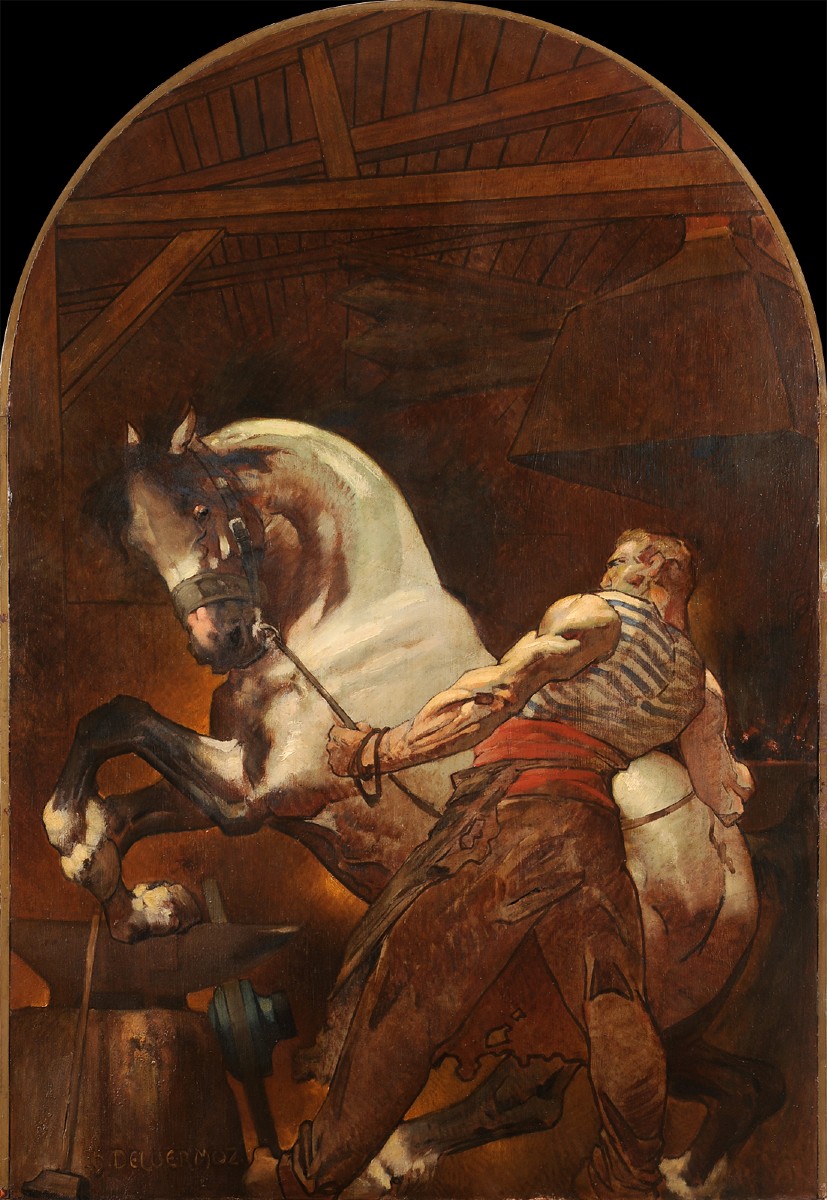
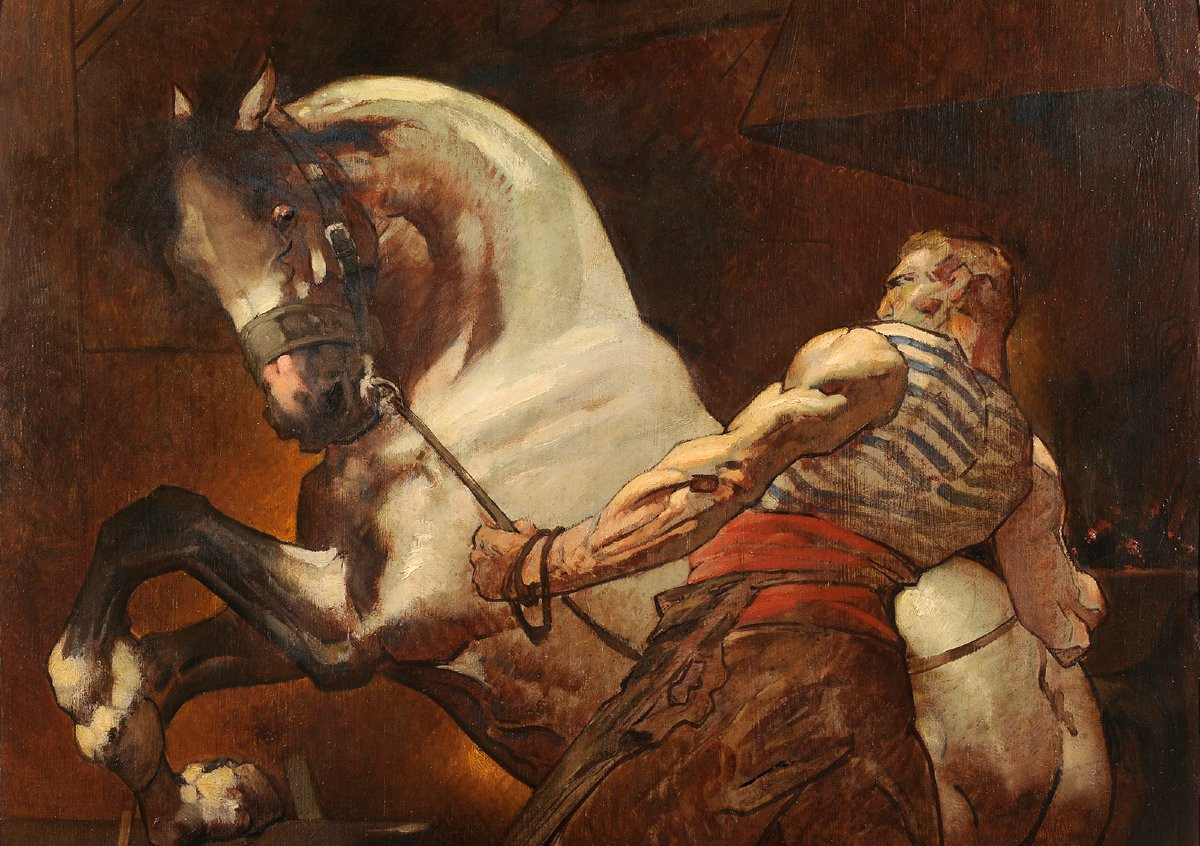
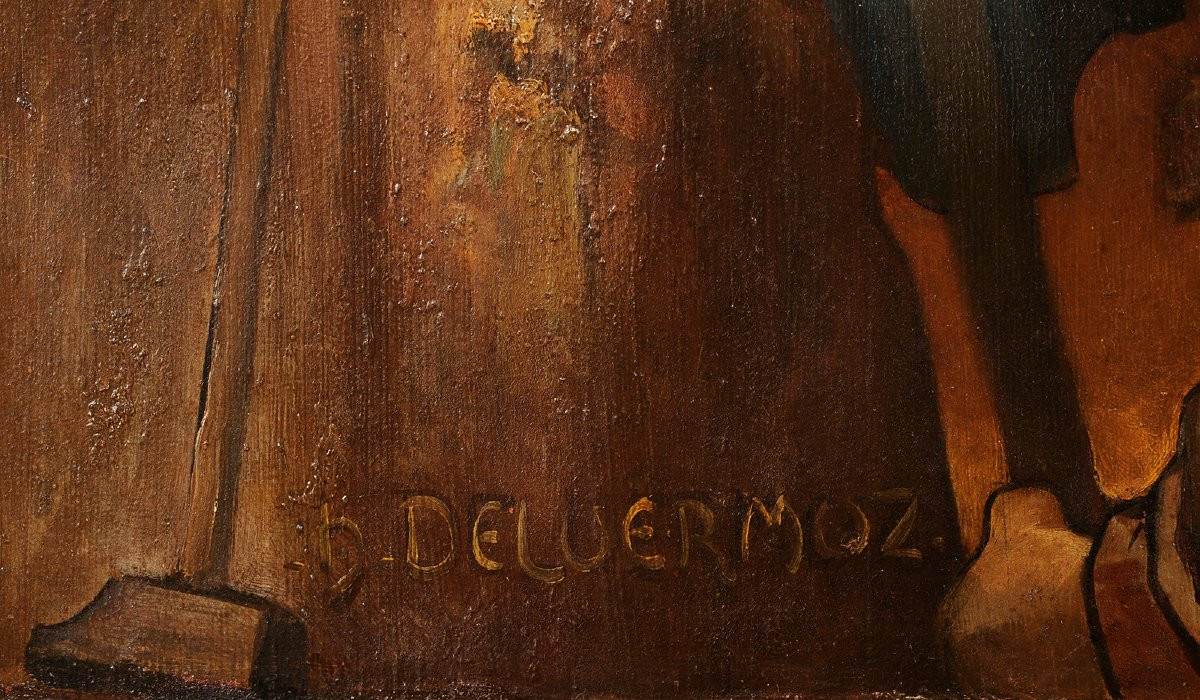
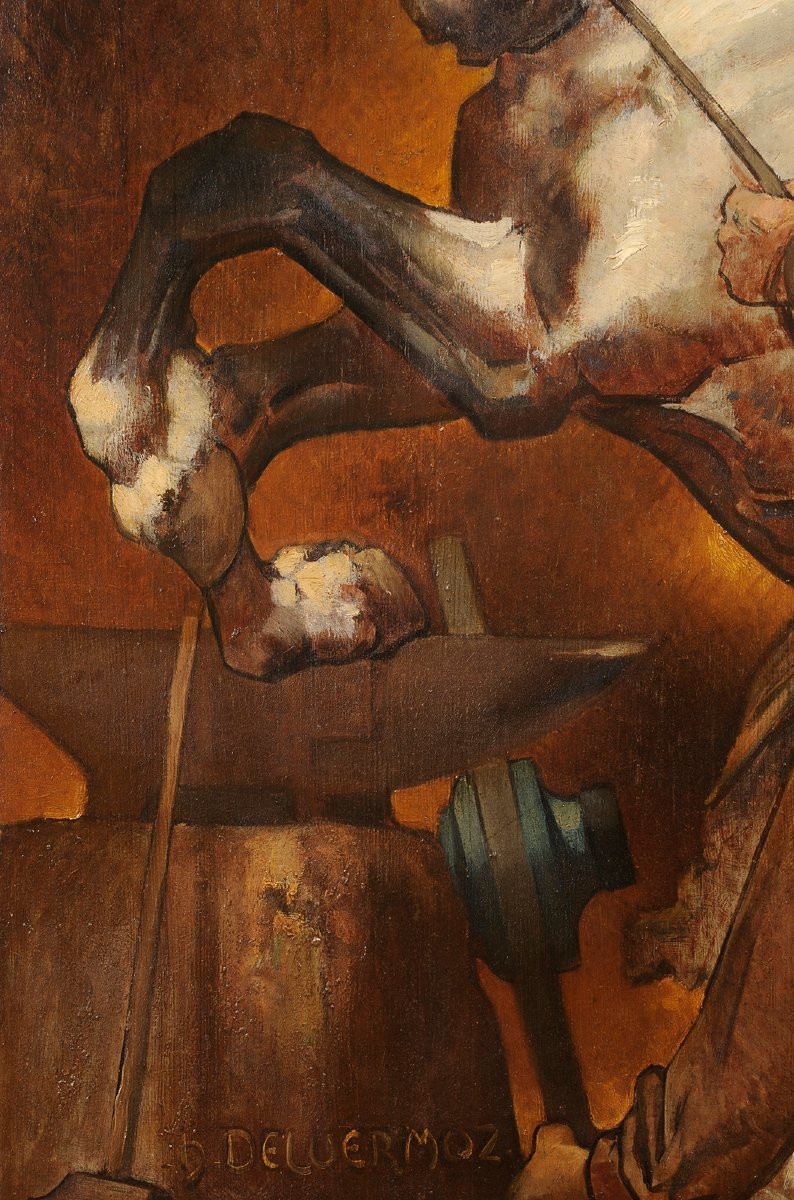

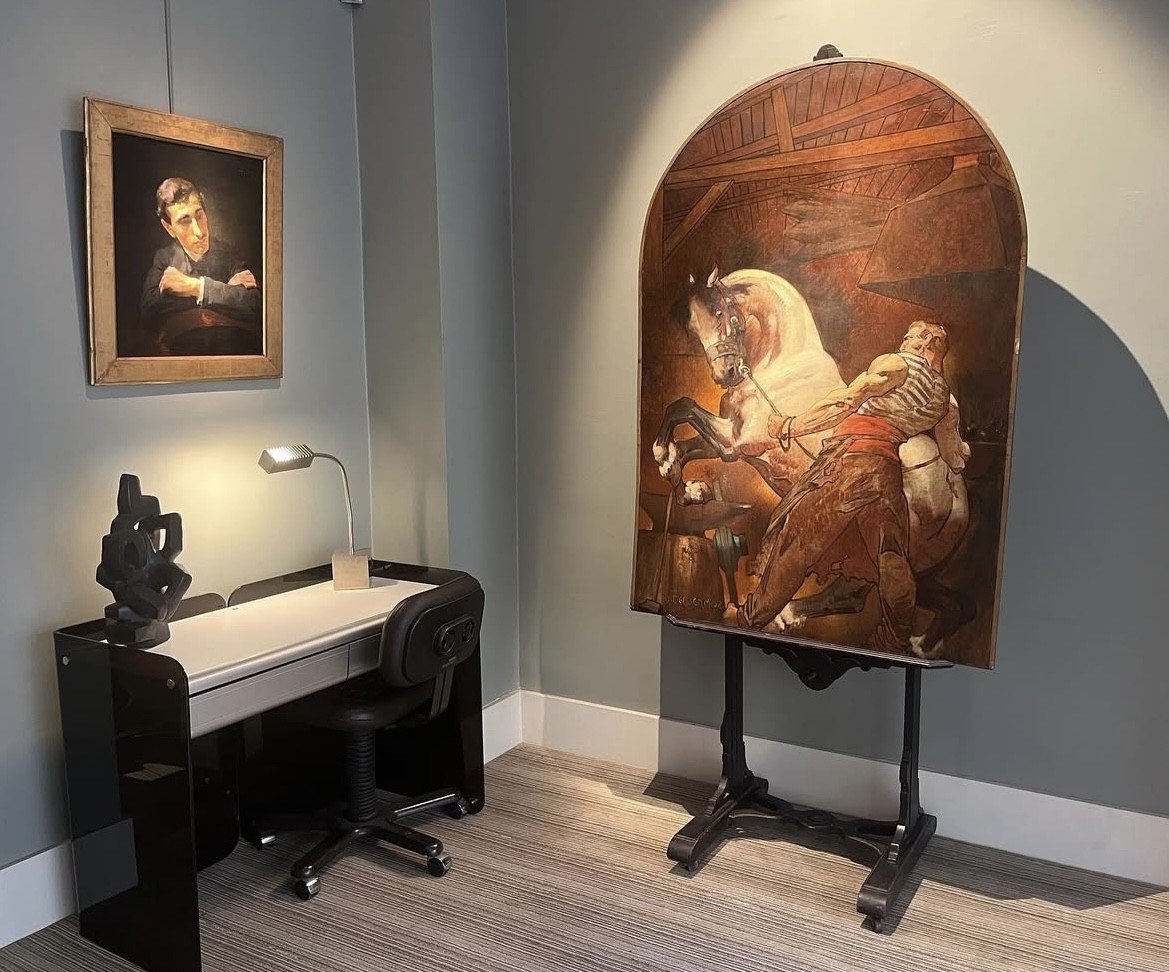
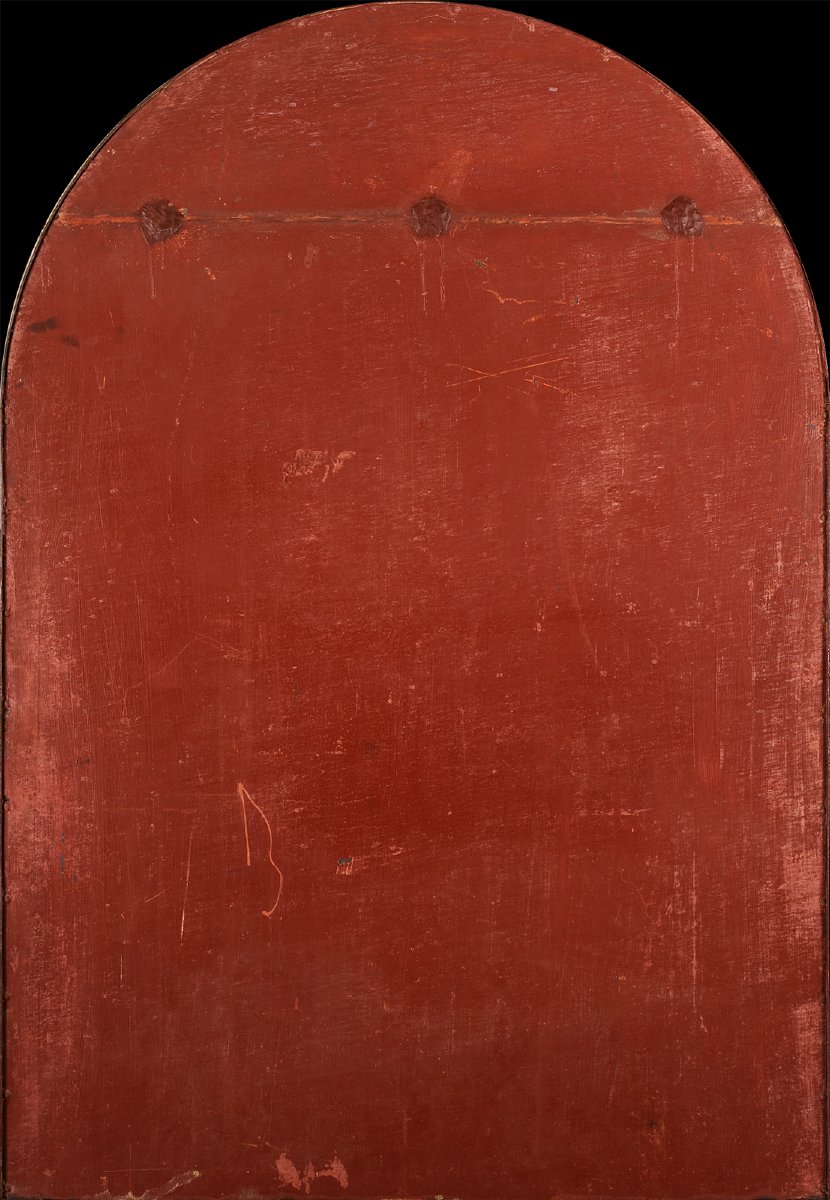








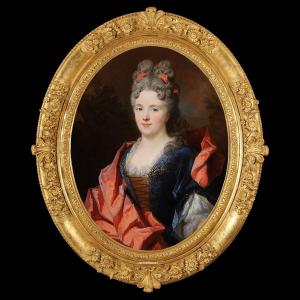


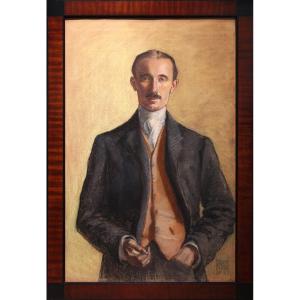

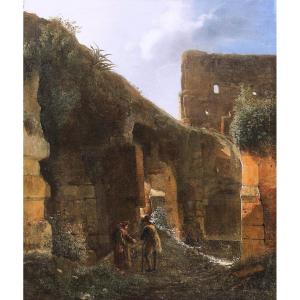
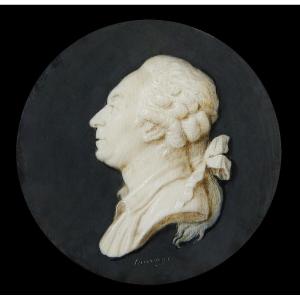

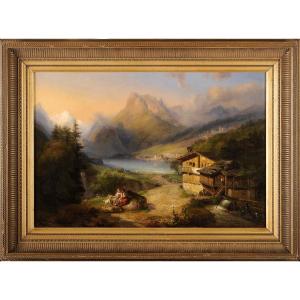




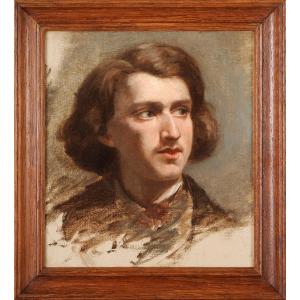
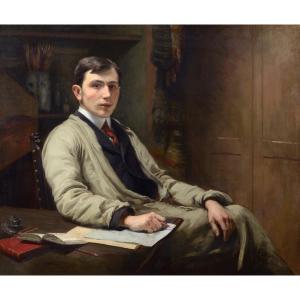



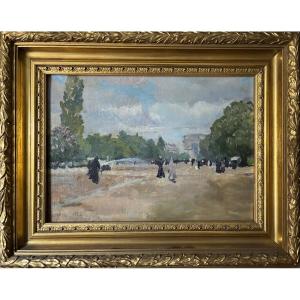




 Le Magazine de PROANTIC
Le Magazine de PROANTIC TRÉSORS Magazine
TRÉSORS Magazine Rivista Artiquariato
Rivista Artiquariato